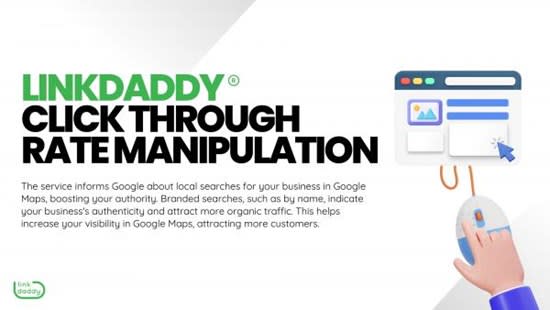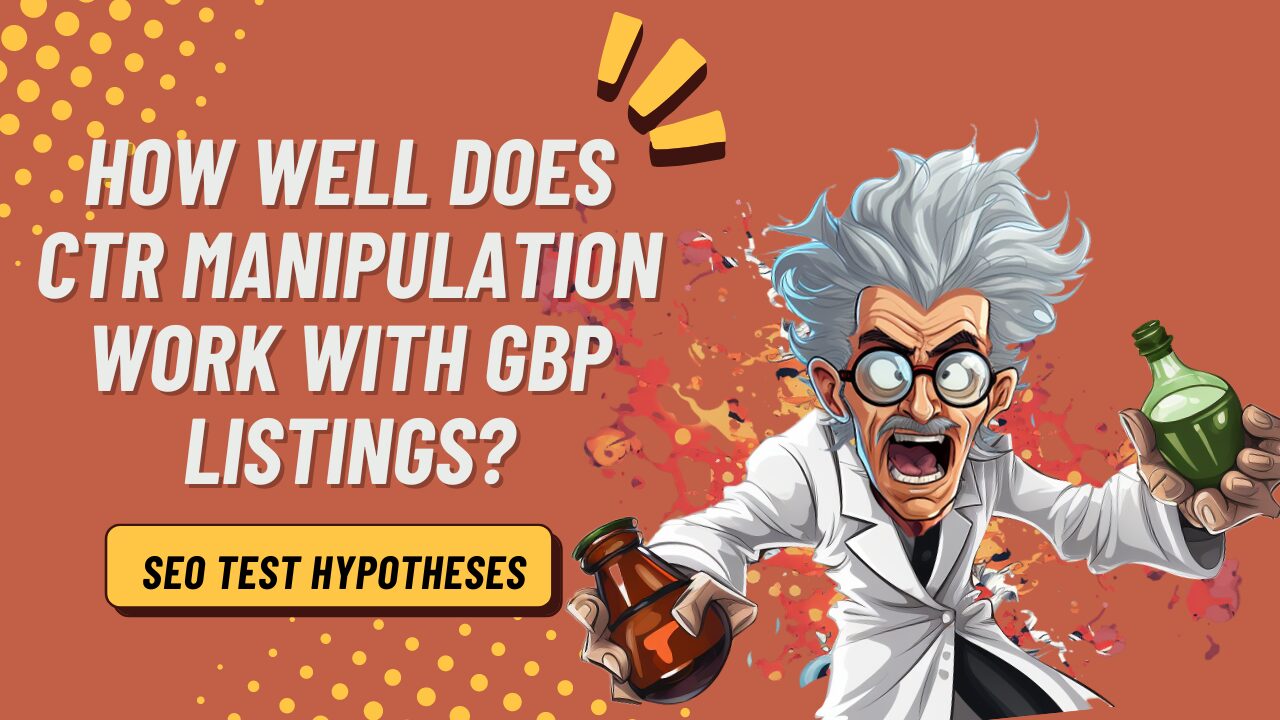The Role of CTR Adjustment in Modern SEO
CTR manipulation, a debatable practice in contemporary SEO, elevates significant inquiries concerning its efficiency and ethical implications. As formulas evolve to prioritize individual experience, the lure to unnaturally boost click-through rates continues. However, the risks of such methods impend big, running the risk of charges and reputational damages. The dispute around the role of CTR control in forming search presence emphasizes the delicate balance in between temporary gains and long-term sustainability in the ever-evolving landscape of digital advertising and marketing.
Recognizing CTR and Its Relevance
CTR, or Click-Through Price, is a crucial metric in the world of Search Engine Optimization (SEARCH ENGINE OPTIMIZATION) that gauges the percent of individuals who click on a specific link out of the total number of individuals who watch it. Comprehending CTR is important for search engine optimization experts as it gives insights right into the performance of a particular link or advertisement. A high CTR suggests that the link is interesting and appropriate to customers, which can favorably impact a site's rankings in online search engine results pages.
By analyzing CTR information, marketing professionals can evaluate the appeal of their material, key words, and targeting strategies. In significance, CTR is a fundamental metric that affects customer involvement, internet site web traffic, and inevitably, the success of SEO efforts.
Elements Affecting CTR in SEO
When assessing the performance of an internet site or online campaign, it is critical to take into consideration numerous elements that can affect user engagement and Click-Through Price (CTR) in Search Engine Optimization (SEARCH ENGINE OPTIMIZATION) The title tags and meta summaries of a page play a considerable role in drawing in individuals to click the link in internet search engine results. Appropriate and compelling titles and descriptions can enhance the likelihood of users clicking via to the site.

Additionally, using relevant keyword phrases in titles, meta descriptions, and content can likewise influence CTR. Understanding the search intent of users and lining up the content with their questions can enhance click-through rates and overall search engine optimization performance.
Approaches for Improving CTR
To improve Click-Through Rates (CTR) in search engine optimization, applying reliable methods is paramount. One essential technique is optimizing meta titles and descriptions to make them engaging and appropriate to the search queries. Crafting tempting meta summaries that consist of visit this site pertinent key phrases More about the author can attract users to click on the link. An additional efficient strategy is to make use of schema markup to improve the appearance of search results, making them much more informative and appealing. Additionally, utilizing power words, numbers, and unique personalities can make the search results page stick out and attract more clicks.
In addition, creating high-quality and engaging material is crucial for enhancing CTR. Giving useful details, addressing customer queries, and offering web content in an enticing format can motivate individuals to click with to the internet site. Making use of multimedia aspects like photos and videos can also make the search engine result a lot more attractive and increase CTR. Leveraging social evidence, such as testimonials, testimonies, or situation research studies, can construct credibility and trust, inevitably leading to greater click-through rates.

Risks and Moral Considerations
One of the primary risks of CTR control is the potential for penalties from search engines. Browse engines like Google have advanced algorithms that can detect unnatural spikes in CTR, leading to prospective penalization and a decrease in rankings. Additionally, controling CTR can result in a poor customer experience by tricking customers right into clicking on links that might not be pertinent to their search queries.

Evaluating the Effect on Positions
In evaluating the impact of Click-Through Price (CTR) adjustment on internet search engine rankings, view it ends up being obvious that the technique can have both immediate and long-lasting repercussions for a web site's visibility and efficiency. At first, unnaturally blowing up CTR may lead to a momentary increase in positions as internet search engine interpret high click-through prices as a signal of relevance and appeal. If the boosted CTR is not backed by authentic customer involvement, search formulas can discover this adjustment, resulting in penalties such as reduced rankings or even removal from search outcomes.
Over the long-term, the consequences of CTR adjustment can be extra extreme. Look engines like Google continually improve their formulas to deal with deceitful practices, including monitoring user habits after they click on a search engine result. It can experience a decline in rankings despite any preliminary gains from CTR control if a website constantly fails to fulfill individual assumptions post-click. Ultimately, concentrating on boosting natural CTR with genuine, engaging web content and individual experience is important for lasting search engine optimization success.
Verdict
To conclude, while CTR control may use temporary advantages in SEO, it poses substantial risks to credibility and long-term success. Online search engine like Google are increasingly competent at identifying such tactics, causing charges and reduced count on from customers. LinkDaddy CTR Manipulation. Lasting search engine optimization practices, focusing on real content and individual engagement, are essential for preserving credibility and attaining long lasting success in search positions
CTR, or Click-Through Rate, is an essential statistics in the world of Search Engine Optimization (SEARCH ENGINE OPTIMIZATION) that gauges the percentage of customers who click on a particular link out of the overall number of customers who watch it. A high CTR indicates that the link is relevant and interesting to users, which can positively influence a website's rankings in search engine results pages.
When assessing the performance of a web site or on-line project, it is essential to consider various aspects that can affect customer engagement and Click-Through Rate (CTR) in Browse Engine Optimization (SEO) Furthermore, manipulating CTR can result in a poor customer experience by tricking individuals right into clicking on links that might not be pertinent to their search queries. If the enhanced CTR is not backed by authentic customer involvement, search formulas can identify this control, resulting in fines such as reduced rankings or also elimination from search results.